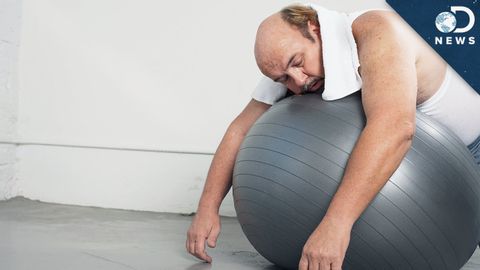
Subtitles & vocabulary
Is Your Brain Making You Lazy?
00
Jack posted on 2015/07/19Save
Video vocabulary
physical
US /ˈfɪzɪkəl/
・
UK /ˈfɪzɪkl/
- Countable Noun
- Health check at the doctors' or hospital
- Adjective
- Concerning the body of a person
- Concerning things that can be seen or touched
A2
More brain
US /bren/
・
UK /breɪn/
- Transitive Verb
- To strike someone forcefully on the head
- Noun (Countable/Uncountable)
- The part of the head that thinks
- A smart person who often makes good decisions
A1
More depression
US /dɪˈprɛʃən/
・
UK /dɪ'preʃn/
- Noun (Countable/Uncountable)
- Medical condition of a lack of vitality
- Period of unemployment and low economic activity
B2
More lack
US /læk/
・
UK /læk/
- Verb (Transitive/Intransitive)
- To not have, or not have enough, of something
- Uncountable Noun
- The state of not having or not having enough of
A2TOEIC
More Use Energy
Unlock All Vocabulary
Unlock pronunciation, explanations, and filters
